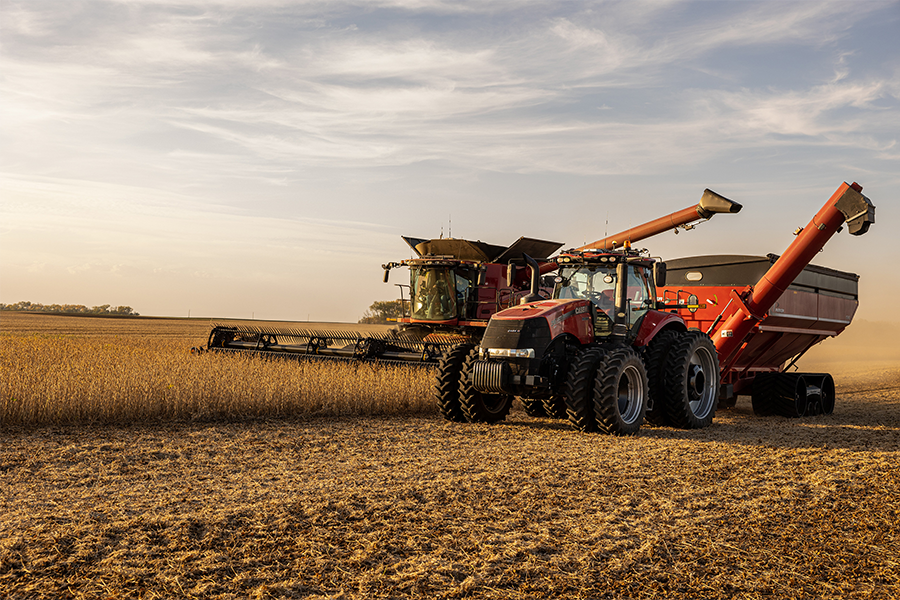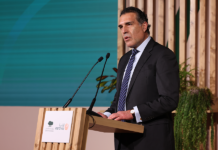
After more than 20 years in some of the world’s largest technology companies, Parag Garg was looking for a new challenge. That did not make it any less of a surprise when in early 2021, he took a phone call from Scott Wine, CEO of agricultural and construction equipment manufacturer CNH Industrial.
“I hadn’t thought of agriculture until Scott reached out and I reflected on my personal missions,” Parag says. “People don’t appreciate how much tech is used in agriculture. It felt like a natural fit. Nearly two years into the job, it is one of the best decisions I have ever made.”
As Chief Digital Product Officer at CNH Industrial, Parag is developing precision technologies that help farmers improve the yields on their crops and run their farms more efficiently, profitably, and sustainably.
As the global population tops eight billion, it is a mission that is critical to the future of humanity.
“Every day, I wake up with purpose, because no matter what is happening, we have to feed the world,” Parag says.
“Precision technology enables farmers to lower their input costs, increase their crop yields, and improve their productivity.”
Parag Garg, Chief Digital Product Officer, CNH Industrial
One of the innovations from CNH Industrial helping to transform agriculture is an automated system for combines. Every 20 seconds, it selects the best action out of 280 million possibilities. Using sensors and cameras, the technology helps operators increase the quantity and the quality of the crops they harvest. In Canada and Brazil, even experienced drivers have been able to increase their productivity. For novice operators, the improvement is even higher.

How is precision farming changing agriculture?
We are at an inflection point. There is a huge opportunity in terms of what precision technology will do for agriculture. There are more people, less arable land, and fewer skilled workers. There is also a move to reduce pesticides and fertilizers. Precision technology helps farmers tackle these challenges by using data analysis and machine automation to achieve the highest levels of efficiency, profitability, and yield.
How will automated agricultural vehicles help farmers become more productive?
In August, we unveiled the agriculture industry’s first autonomous spreader: the Case IH Trident™ 5550 applicator with Raven Autonomy™. Farmers can use a mobile device to run these driverless machines without an operator present in the cab. By operating at a constant speed and with precision, it delivers the ultimate spreading consistency—without operator fatigue or human error.
Why is demand for automated equipment increasing?
Farmers are looking for autonomous equipment to help solve their labor challenges and increase their productivity. To maximize output, automation and autonomy will be integral. There is a tremendous amount of opportunity to automate repetitive farming operations in the field. Our focus is not to take the farmer out of farming, but to make their machines even more productive. We want our innovations to make life easier and more productive for the world’s farmers.
In addition, precise and reduced inputs help to reduce environmental impacts and improve sustainability![]()
As published in WIRED magazine































